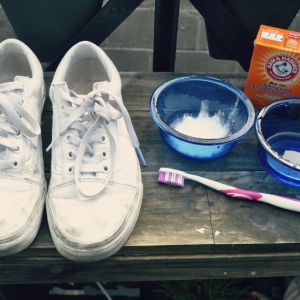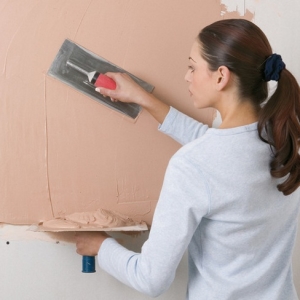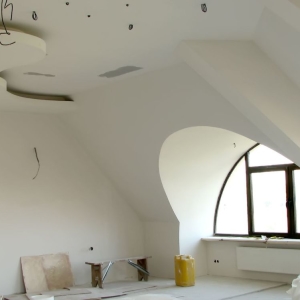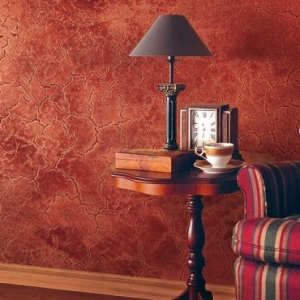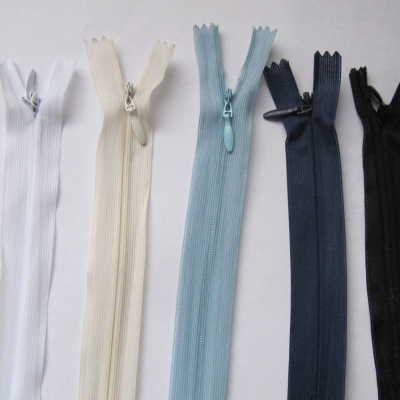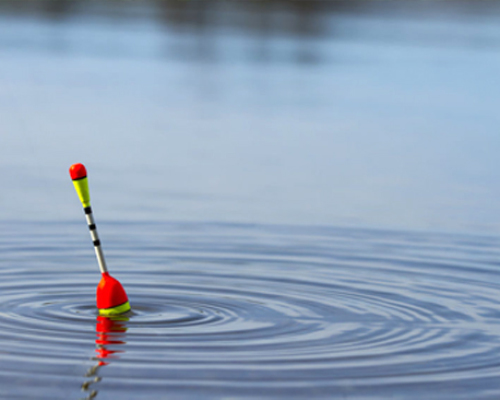Many newcomers, making repairs on their own, often neglect the priming of the walls in the hope of saving time and money. However, it subsequently becomes obvious that it was not possible to save - then the wallpaper are dug away, then the fungus will begin, then the rust sticks out. Do not save on the primer, apply it correctly ...
Primer - a peculiar protective film that improves surface adhesion for further application of a layer of one or another material. Finishing materials on the primed walls are smoothly and efficiently. The primer eliminates the appearance of spots, divorces, sprinkling, cracking of the material in the future. Used priming before painting walls, sticking wallpaper or tile laying. In this case, the use of primer significantly reduces glue consumption. There are many types of primers. Acquire this tool need to be taken into account that will be processed. So, acrylic primer - almost a universal means. It can progress any materials other than metal. This type of primer is the most popular among builders. Alkid - ideal for untreated wood, leveling its surface. Shellak is designed to handle bumping boards. Polystyrene - suitable for wood and plaster, but is not recommended for use in residential premises, as it contains substances harmful to breathing. For metal there is a group of primers. This, for example, glyphthaled, perchlorvinyl and others.If you are still in doubt - to primitive or not, think about how much durable repair is planning. If at least 5-10 years, then it is necessary to primitive. If your goal is a cosmetic repairs - you can and do without primer.


























